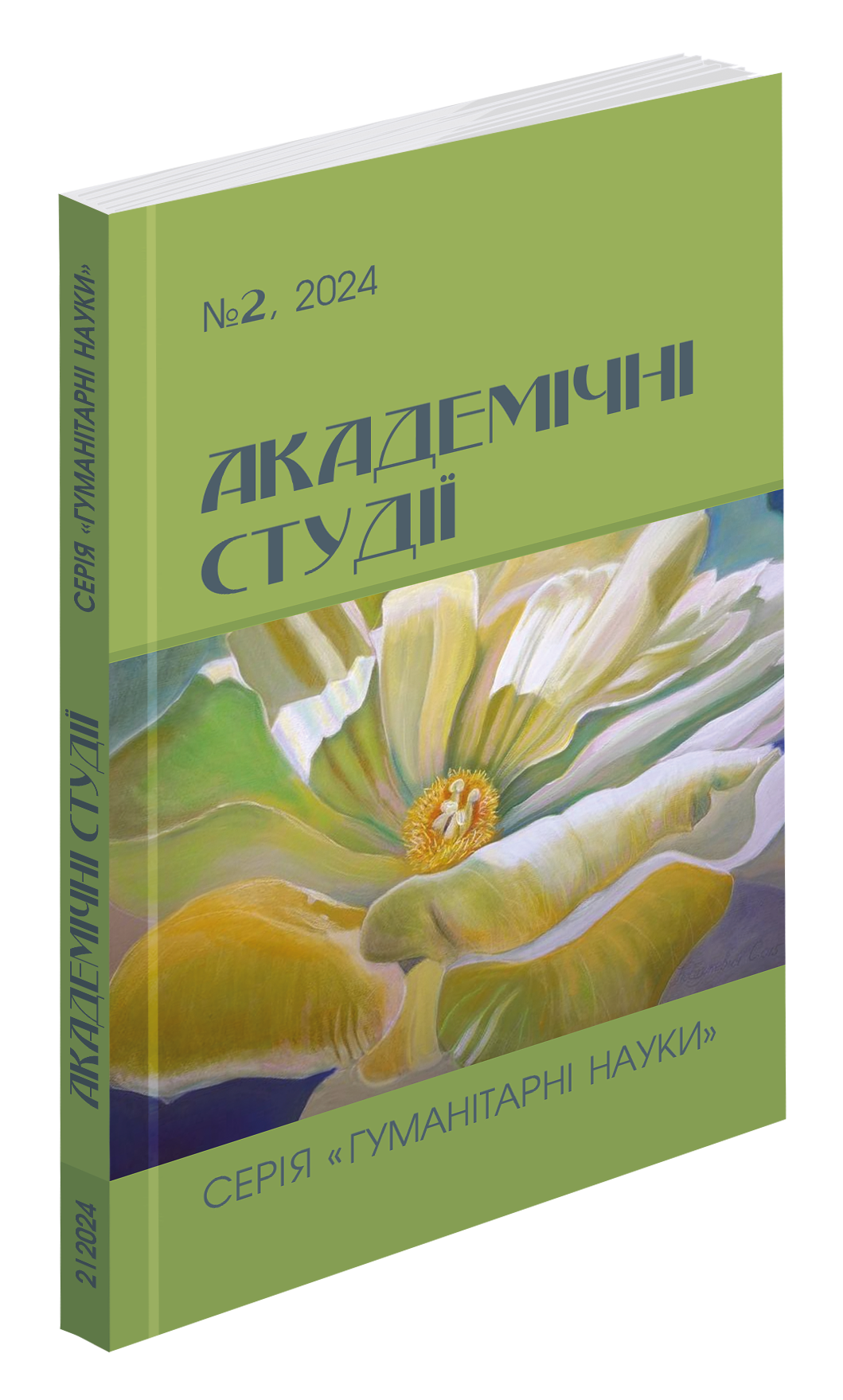Abstract
The article analyzes homonymic complexes (pairs) that include particulars. It is this class of words that is characterized by the greatest heterogeneity and diversity in terms of origin and function. Most particles are secondary, formed as a result of transposition from other parts of speech. The article describes homopairs, when the process of particularization by a full or partial word is now complete and recorded in explanatory dictionaries. Such lexemes are represented in lexicographical works by separate articles and serve as interlingual lexical and grammatical homonyms. These include the homopairs «adverb – particle», «pronoun – particle», «conjunction – particle», «interjection – particle». The lexical-semantic and grammatical features that distinguish the components of these homopairs are characterized. It is emphasized that the process of homonymization is often represented only in live speech or a literary text, and the resulting homocomplexes are not always recorded in modern explanatory dictionaries. Accordingly, many particles homonymized with adverbs are currently classified as functional homonyms, which in turn are divided into syncretically differentiated, syncretically undifferentiated and syncretically potential. Particular attention is paid to syncretically-potential homonyms, since such units are attested only in oral speech or literary texts and the process of homonymization is not yet complete. In addition to the lexemes of these lexical and grammatical word classes capable of forming homonymous pairs with particles, nouns, adjectives, verbs and pronouns also enter into homonymous relations with particles, forming three-, fourand five-component homocomplexes. The distinction between such units makes it possible to correctly and accurately determine their semantics, morphological and syntactic functions, semantic and pragmatic meanings, etc. Understanding these characteristics is the key to achieving communicative goals both when a text is read by native speakers and when expressions with such homonymous units are translated into a foreign language.
References
Batsevych F. (2014) Chastky ukrainskoi movy yak dyskursyvni slova [Particles of the Ukrainian language as
discursive words]. Lviv : PAIS, 288 p. [in Ukrainian].
Bondarenko L. V. (2005) Sklad ta komunikatyvni funktsii vtorynnykh chastok [Composition and communicative
functions of secondary particles] : avtoref. dys. ... kand. filol. nauk : 10.02.01. Kirovohrad, 20 p. [in Ukrainian].
Butko L. V. (2008) Nepovnoznachni leksychni kompleksy ukrainskoi movy (strukturno-semantychnyi i funktsionalno-
stylistychnyi aspekty) : dys. ... kand. nauk: 10.02.01 / Kirovohradskyi derzh. pedahohichnyi un-t im. Volodymyra
Vynnychenka.10.02.01. 199 р. [in Ukrainian].
Danyliuk I. H. (2006) Synkretyzm u systemi chastyn movy [Syncretism in the system of parts of speech] : avtoref.
dys. ... na zdobuttia kand. filol. nauk : 10.02.01. Donetsk, 20 p. [in Ukrainian].
Dzhochka I. F. (2022) Semantyko-hramatychni osoblyvosti komponentiv omokompleksu «shche (ishche)»
v ukrainskii movi. Akademichni studii. Seriia : «Humanitarni nauky». № 1. Рр. 24–31. [in Ukrainian].
Dzhochka I., Fushtei A. (2021) Semantyko-hramatychna kharakterystyka omokompleksu tak u suchasnii ukrainskii
movi. Vcheni zapysky TNU imeni V. I. Vernadskoho. Seriia : Filolohiia. Zhurnalistyka. Tom 32(71). № 1. Ch. 1.
Pp. 22–29. [in Ukrainian].
Kushlyk O. P. (2000) Omonimiia nezminnykh klasiv sliv : avtoref. dys. ... kand. filol. nauk: 10.02.01. Lviv. nats.
un-t im. I.Franka. Lviv. 20 p. [in Ukrainian].
Sokolova S. V. (2010) Transpozytsiini peredumovy rozvytku funktsionalnoi omonimii v ukrainskii movi
(na materiali leksyko-hramatychnoho klasu pryslivnykiv) [Transpositional preconditions for the development of functional
homonymy in the Ukrainian language (based on the lexical and grammatical class of adverbs)]. Kyiv : «Alfa-M», 207 p.
[in Ukrainian].
Shypnivska O. O. (2020) Mizhchastynomovna morfolohichna omonimiia suchasnoi ukrainskoi movy [Interlingual
morphological homonymy of the modern Ukrainian language]. Kyiv : “Tsentr uchbovoi literatury”, 192 p. [in Ukrainian].

